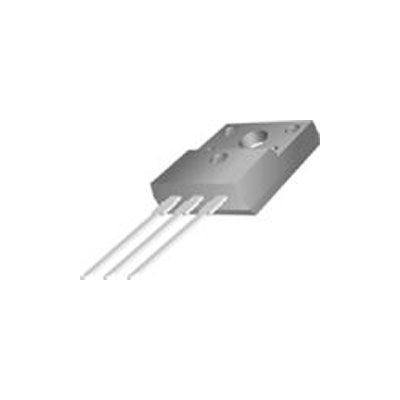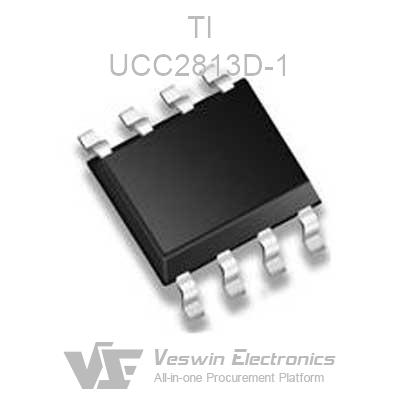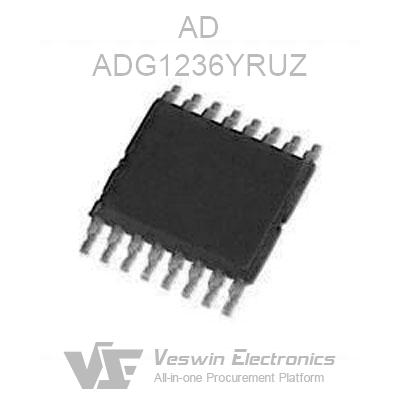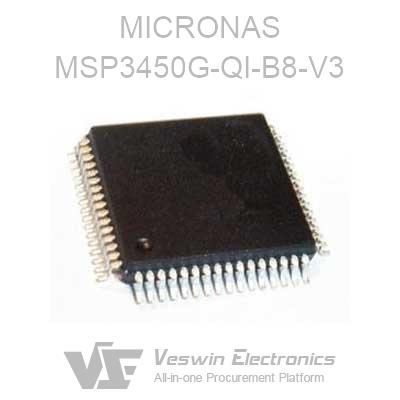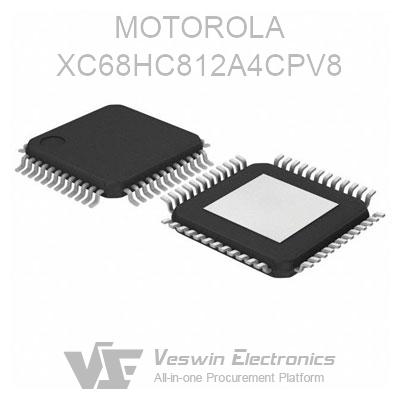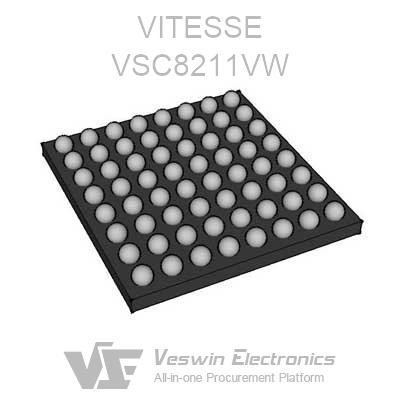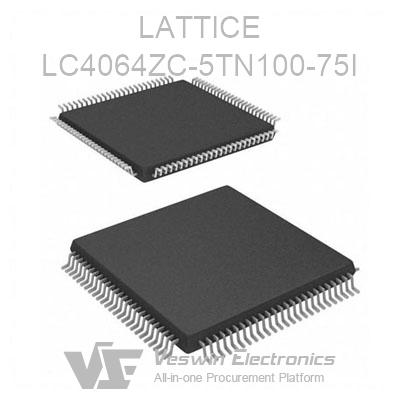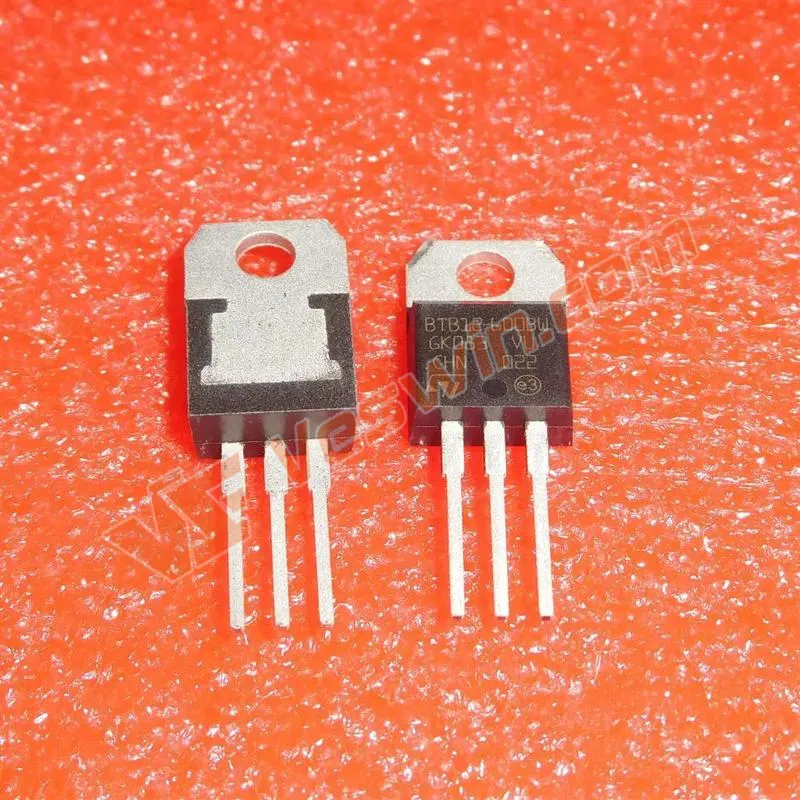Automotive electrification is not new. The earliest electric vehicles (EVs) were introduced in the late 1800s. What is new, however, is the growing pressure to curb fuel emissions and the surge in consumer adoption of EVs driven by semiconductor innovation and affordability.
In 2010, the average price per kWh for a battery pack was over $1,000. By 2024, this figure is expected to drop to less than $100. In addition, newer EV models can travel more than 300 miles on a single charge), three times as far as electric cars did ten years ago. As a result of these trends, up to 30 per cent of new vehicle sales will be electric by 2025. However, pushing for more electric vehicles is not without its electrical challenges.
As automakers develop more innovative and affordable electric vehicle technologies, there is a growing need for efficient charging stations to help further increase consumer adoption. Stand-alone DC fast chargers can quickly charge an EV to 80% capacity in as little as 30 minutes, compared to the 10+ hours it can take to charge at home. This dramatic reduction in charging time is one reason for deploying large networks of DC charging stations. However, these stand-alone charging stations can be costly to design and consume much power in both normal and standby modes. To meet these power demands, engineers are tasked with making the grid and the vehicles' electronics smaller, more reliable, efficient and affordable.
To achieve optimal vehicle efficiency and faster charging times at higher power levels, it is important to take a holistic approach that starts with a complete understanding of the entire system, from power supply to load. For rapidly evolving applications such as electric and hybrid electric vehicles, system components must be scalable and flexible to accommodate changing higher battery voltages, bi-directional charging and even time-to-market. Two distinct power management goals - high power density and low electromagnetic interference (EMI) - are to improve the efficiency of high-power electric vehicles and DC charging systems in a smaller space.
Gallium nitride (GaN) is officially synonymous with power density because it switches ten times faster than conventional silicon metal oxide semiconductor field effect transistors (MOSFETs) and even newer silicon carbide devices. This fast switching is enabled only when the output of the drive source, in this case, the gate driver, is tightly connected to the gate of the GaN FET.
The electrical result is an almost perfect square wave with very little ringing. The mechanical result is a 59% reduction in transformer size, which in turn significantly reduces the overall size and weight of the electric vehicle, resulting in longer drive times.
Another benefit of GaN high-speed switching is the very high power conversion efficiency, which can vary between 96% and 98% in conventional high-power systems. As a result, these systems will require a cooling fan to eliminate hundreds of watts of wasted heat. Typical GaN systems offer efficiencies in excess of 99% - so these systems use less energy and eliminate the need for a cooling fan. For electric vehicles and charging stations, minimising heat and power loss is critical to reducing charging times.
Hot News
